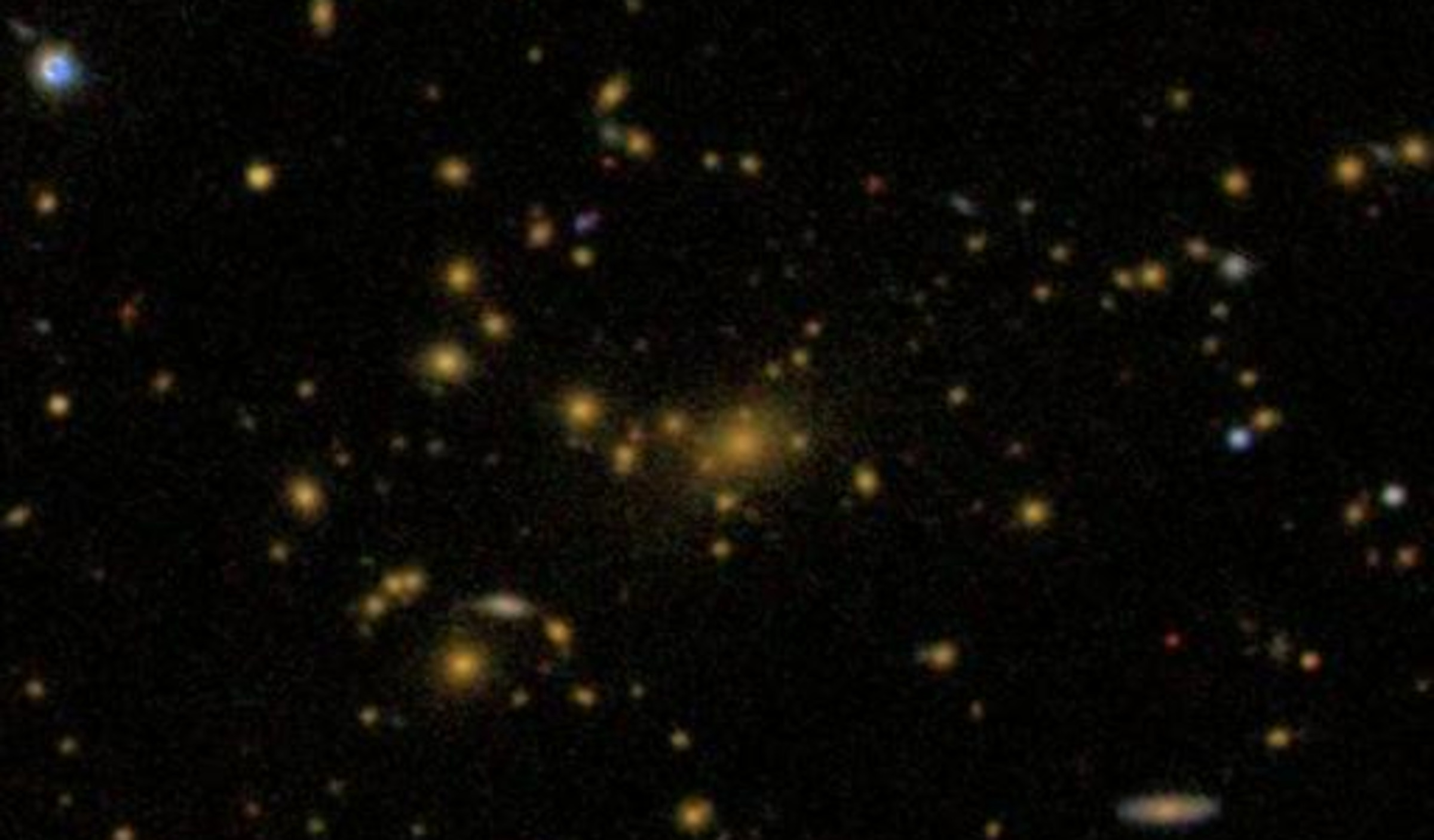

Galaxy clusters are the most massive structures in the Universe and their properties are closely tied to fundamental cosmological parameters. However, there are inconsistencies in the measurements of their total mass, determined from X-ray measurements of the hot gas in the intracluster medium (ICM), compared to what is expected based on standard cosmological models. These measurements assume that the gas in the galaxy clusters is in hydrostatic equilibrium, but investigations have revealed many signatures of dynamic activity in the ICM: shocks and turbulence created from the merging of galaxy clusters, the presence of magnetic fields, and stripped galaxy halos. An additional uncertainty in past measurements arises from significant differences in the ICM temperatures derived using X-ray measurements for the same clusters by NASA’s Chandra and ESA’s XMM-Newton soft X-ray observatories. NuSTAR’s high energy capabilities lead to better temperature measurements because the shape of the spectra of hot gases is more accurately determined from X-rays at energies above the range measured by soft X-ray observatories. Last week NuSTAR completed a 4-day-long exposure of the galaxy cluster Abell 2219 to investigate the heating mechanism in the shock front present in the cluster and to search for effects due to magnetic fields in the ICM. The investigation of X-ray emission from this cluster aims to shed light on past conflicting measurements from Chandra and XMM-Newton and to help resolve the cross-calibration temperature discrepancy between these observatories.
The results of the peer review of proposals submitted to the NuSTAR Cycle-11 General Observer (GO) program were released last week. 87 proposals were selected for observations in this cycle, including a record high number of Target-of-Opportunity (ToO) proposals: proposals that are triggered when certain conditions are met, such as a source suddenly becoming bright in X-rays. The numbers of ToO proposals submitted to the NuSTAR GO program has been increasing year by year during the mission, reflecting the increasing importance and focus of the community on time-domain astrophysics. A broad range of scientific investigations will be undertaken by NuSTAR in Cycle-11. These include measurements of X-ray flares from the supermassive black hole at the center of our Galaxy, observations of the afterglows from compact object mergers detected by gravitational wave observatories, a triple galaxy cluster merger, jets emerging from binary star systems containing black holes and neutron stars, and the astrophysical origins of neutrinos detected by the IceCube observatory. The NuSTAR GO program also offers an opportunity for the community to propose joint observations with NASA’s Neil Gehrels Swift Observatory and NICER, as well as the ESA-led XMM-Newton X-ray Observatory. More than one-third of the selected proposals include coordinated observations with NuSTAR and at least one of these observatories, including a record number requiring simultaneous observations. Cycle-11 observations begin June 1st.
Authors: Karl Forster (NuSTAR Science Operations Manager)